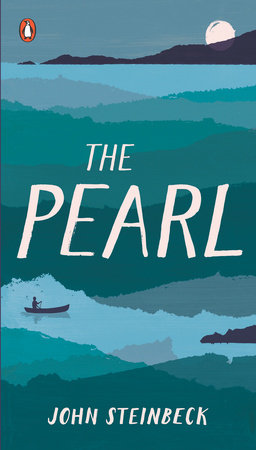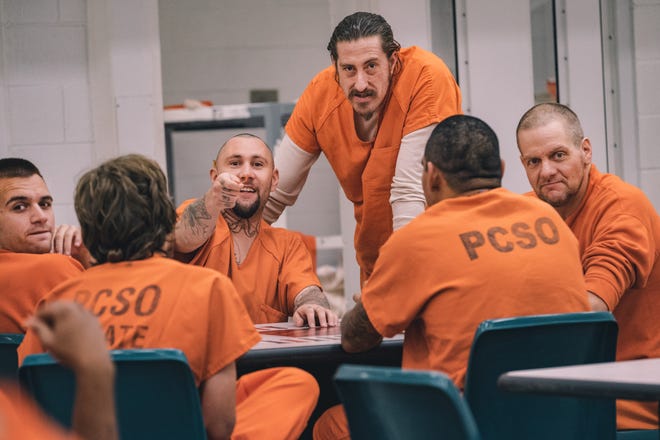College football remains a popular game on television, but in-person attendance at games is dropping. Some of the sport's leaders have expressed surprise at this, but if you've been to a college football games in recent years, you'll know why so many seats are empty: Fans at college football games are not treated very well.
College football fans pay a lot to attend a game, then are screened like criminals at the entrance gates and are treated as a mere afterthought in a TV-centered event.
Even I, a college football fan who has attended hundreds of games across the country over the years, am questioning whether to keep going.
 |
| Empty stands at this year's game between San Diego State and Towson State |
Here are the problems:
The Price of Admission: Earlier this year I spent $61 per seat for three tickets to the UCLA-Arizona game in Tucson. No, wait a minute, there was a mysterious extra $2 "fee" on each ticket, so it was $63. No, wait a minute, there was another $1 per ticket "delivery cost" (even though these were electronic tickets). So a total of $192 for three seats on a metal bench in the upper deck with no back or arm rests. If we wanted to sit closer to the field, the price would have been over $140 per seat.
And this wasn't even a big game: Coming in, Arizona was on a 16-game losing streak.
By comparison, a $12 ticket to the local movie theater gives you a wide reclining seat with a footrest.
It's common to pay over $100 per seat for many college football games. But that's not all. A friend of mine said he had to make a $5,000 donation to San Diego State just for privilege of buying season football tickets.
And don't forget the $10 to $40 you'll spend for parking.
Or, you could stay at home and watch the game on TV for no more than the monthly price of your satellite or cable fee, which gives you access to scores of games.
When does the game start? If you bought tickets to see "Hamilton" even six months from now, you would know whether it was an 8 p.m. show or a 2 p.m. matinee and that would not change. But college football fans are kept in the dark, with the kickoff time not announced until a week or two ahead of time. It could be an afternoon game, it could be a night game, it could even start at 9 a.m. (as the Boise State-San Diego State game did this year).
Sure, you might need to plan your life, but TV dictates when the game starts and they'll tell you when they're good and ready.
Entering the stadium: You'd think that fans paying the high ticket prices of college football would be warmly welcomed at the gate, but instead they're greeted by grim security personnel doing intrusive searches, X-ray scanners and a long list of items they can't bring in. Depending on the stadium, you might be barred from bringing in food, fanny packs, even diaper bags.
Commercial timeouts: This is probably the biggest complaint among in-person college football fans. Imagine if you went to "Hamilton" and every seven or eight minutes, the show just stopped, all the performers milled about on the stage for three minutes, and then they show restarted. And this happened about 20 times during the show. Would you continue to go to the theater if every show was like this?
This is pretty much what football fans have to deal with because of the pervasive TV commercial breaks throughout the game. Everything stops and nothing happens — over and over and over. These stoppages can easily add an hour to each game.
Sure, if you're watching at home on TV, you have to deal with the commercial breaks, too. But you can surf channels, do other things around the house, or simply record the game so you can skip through all the breaks.
Hungry? As I mentioned, some venues make it difficult to bring your own sandwich and chips to the game. Before considering going to the concession stand, you might want to consider taking out a loan. As just an example. a regular bottle of water at San Diego State games in 2021 cost $7, while a personal pizza was $10 and a beer $14.
I've also noticed that some stadiums are going "cashless" for all purchases. Personally, this doesn't bother me much, but for some people it might. It's another example of how the venue is doing what's convenient for it, not for the fans.
Replays: Watching on TV, you get multiple replays of key moments, plus an endless parade of key stats. But at stadiums, they seem to offer this kind of thing grudgingly: A handful of replays here, a smattering of basic stats there. On TV, they'll note if the quarterback has completed 12 passes in a row, or if one team has failed to convert on five straight third downs, but this kind of proactive, fan-friendly information is rare in the stadium
Can you understand the public address announcer? Usually you can't. Is it that hard to have a good P.A. system?










